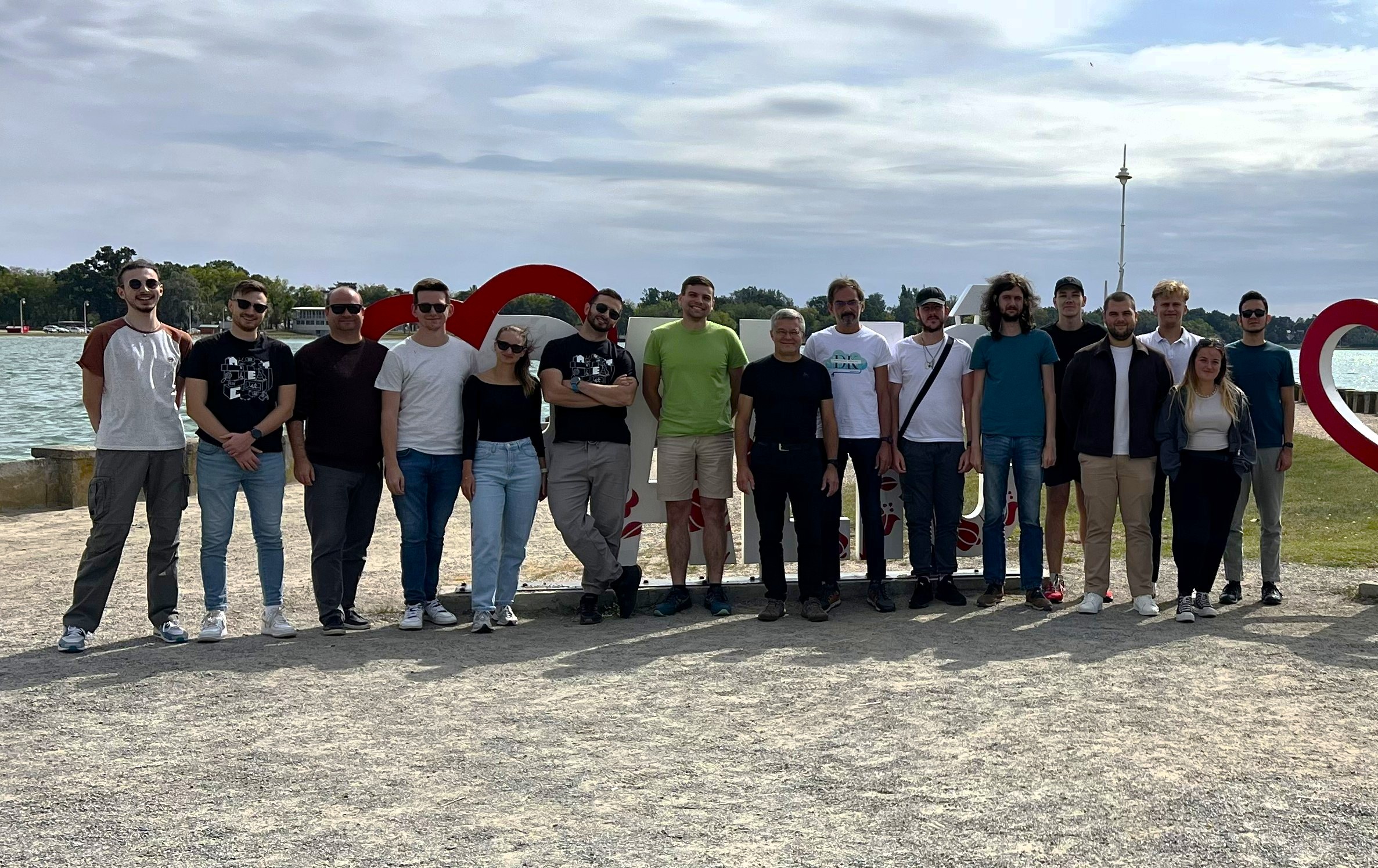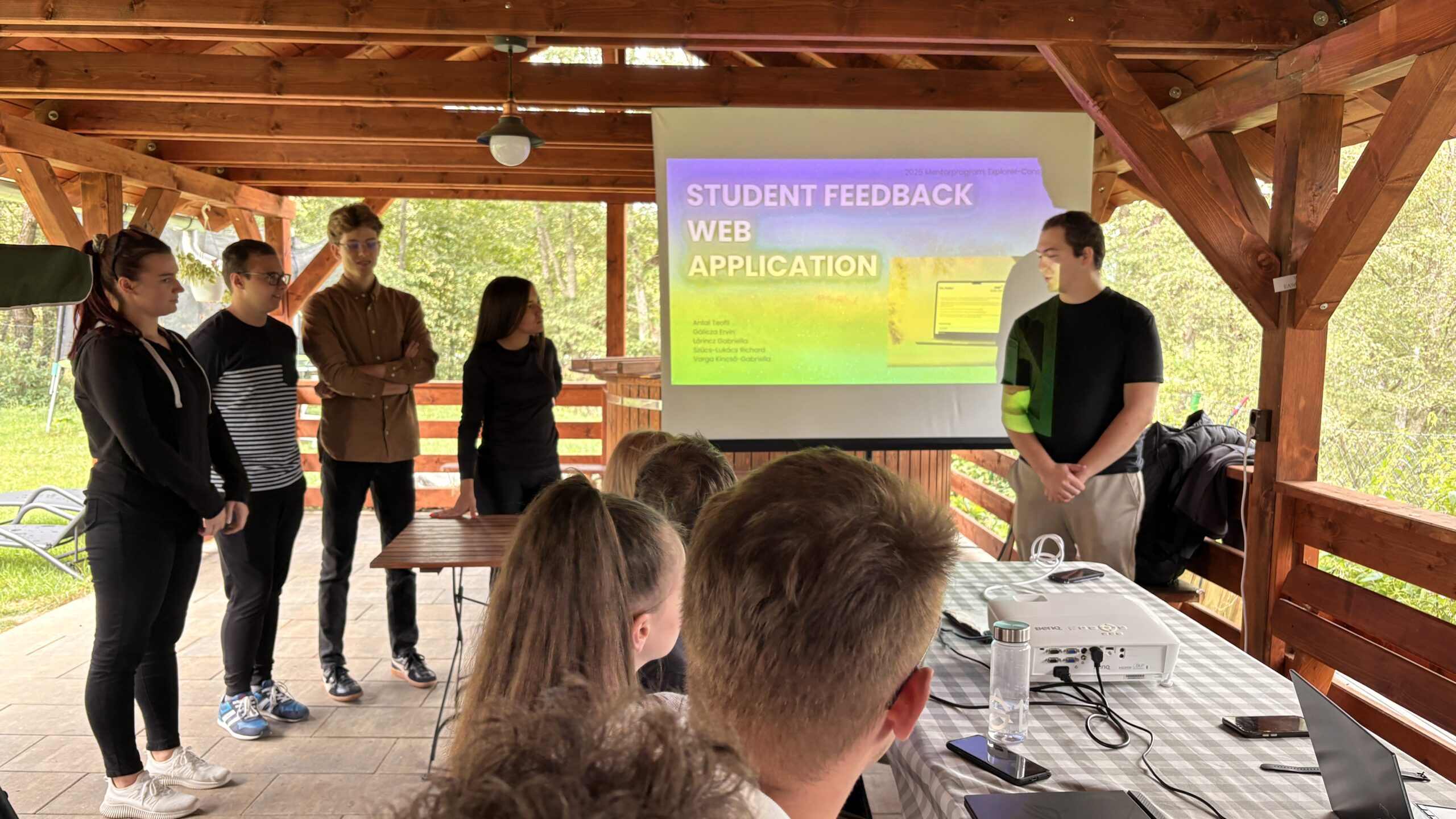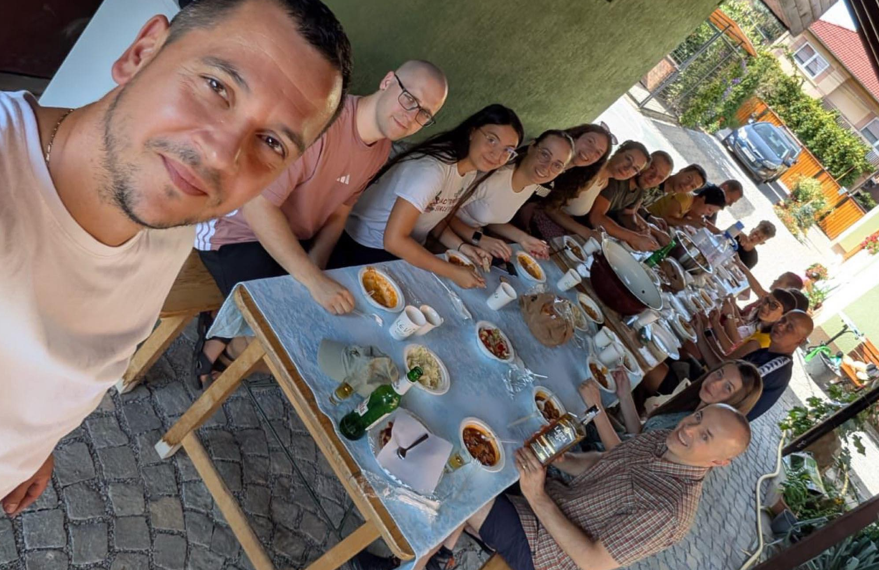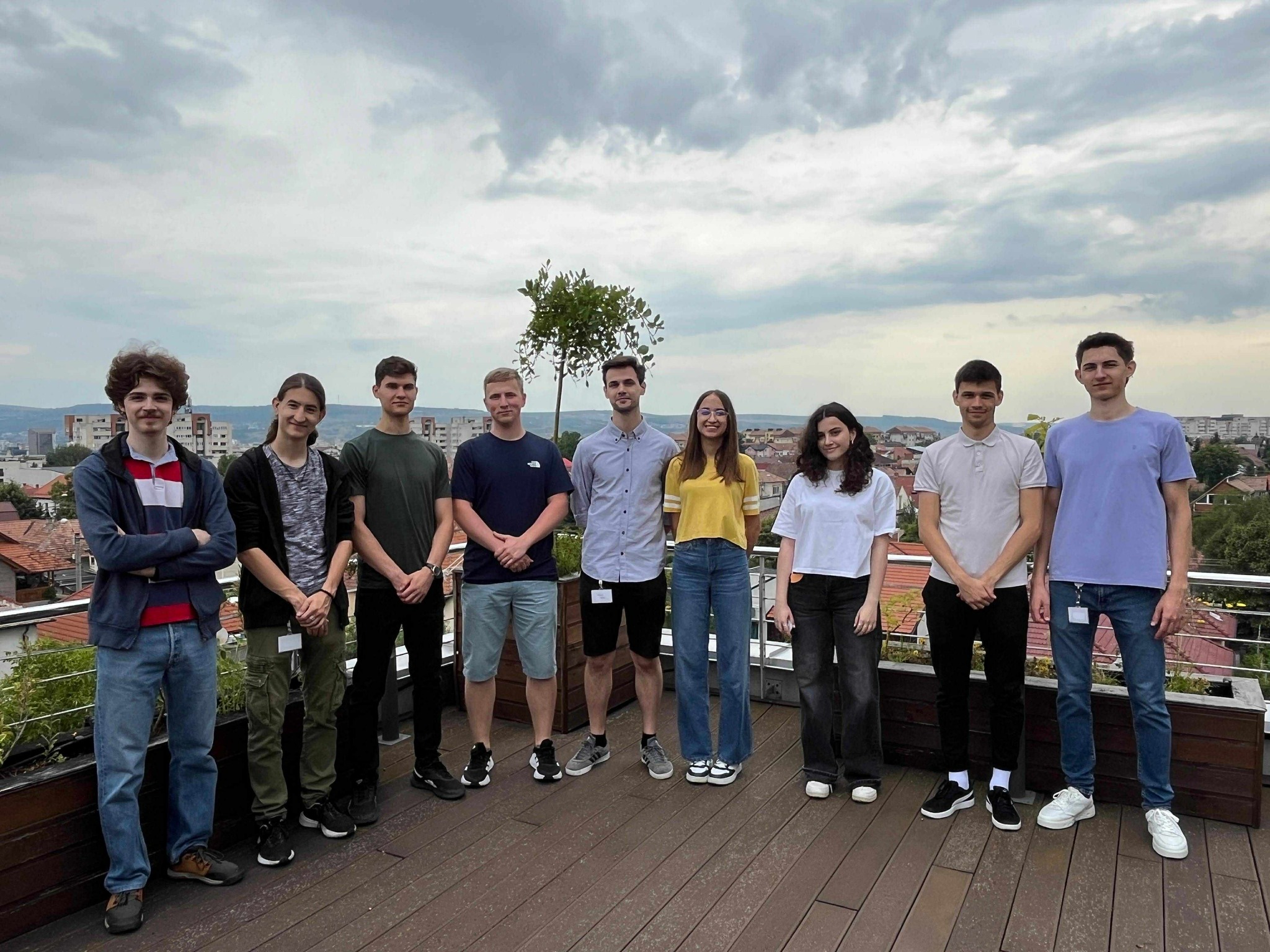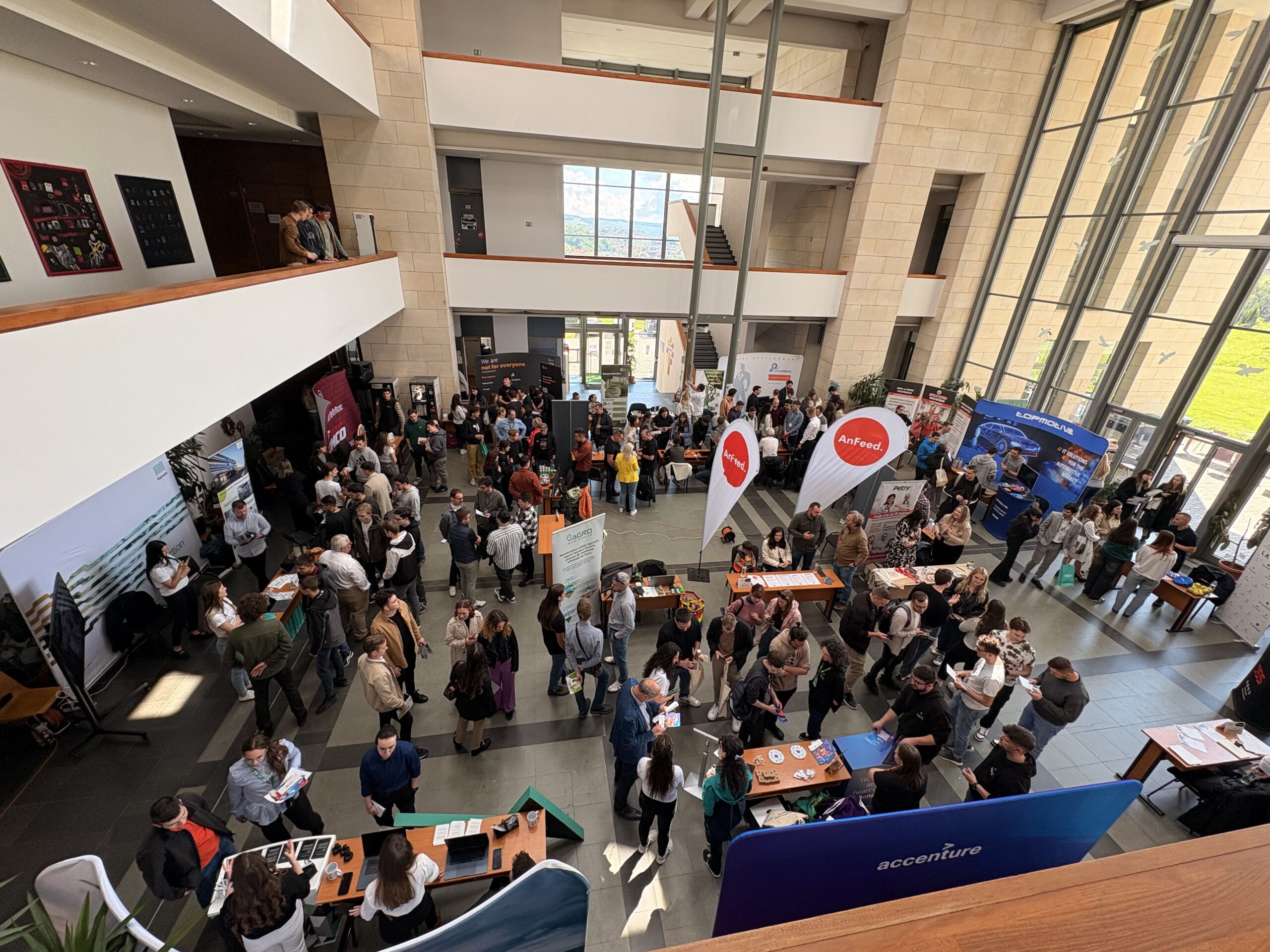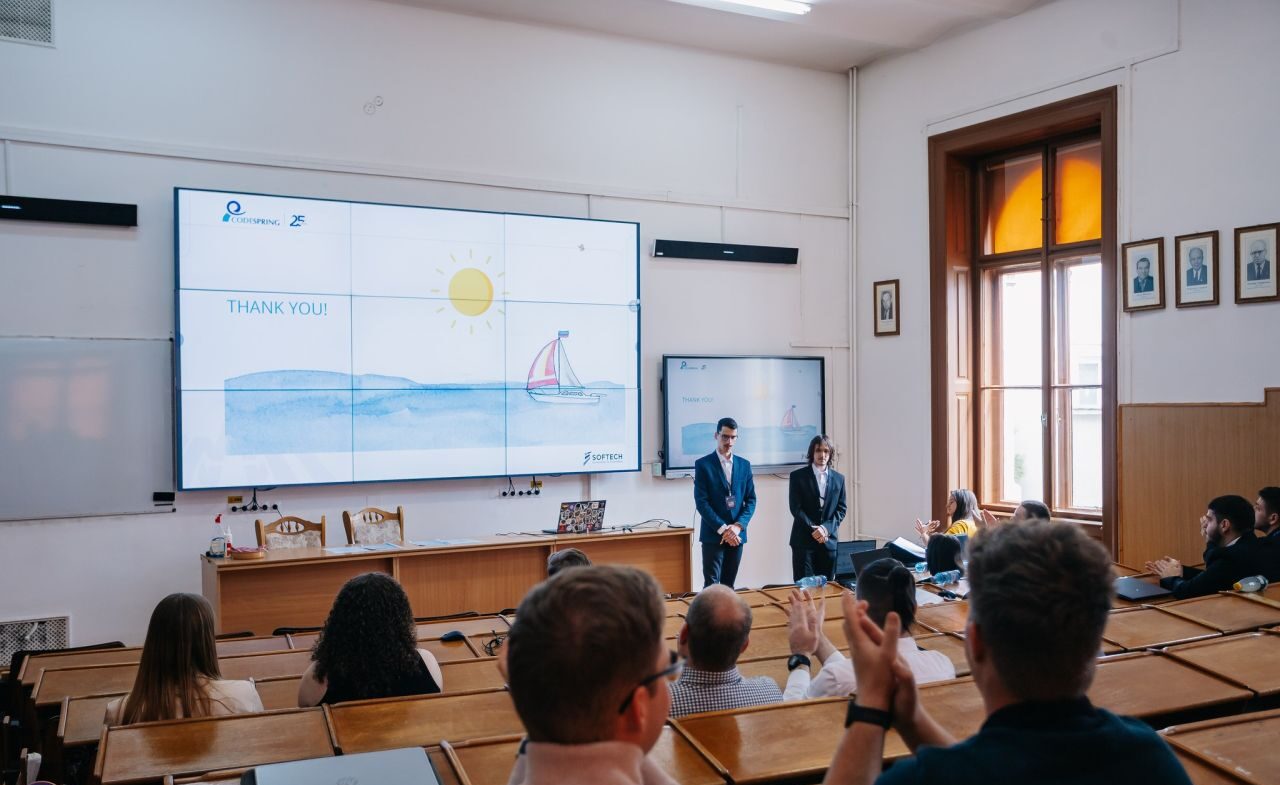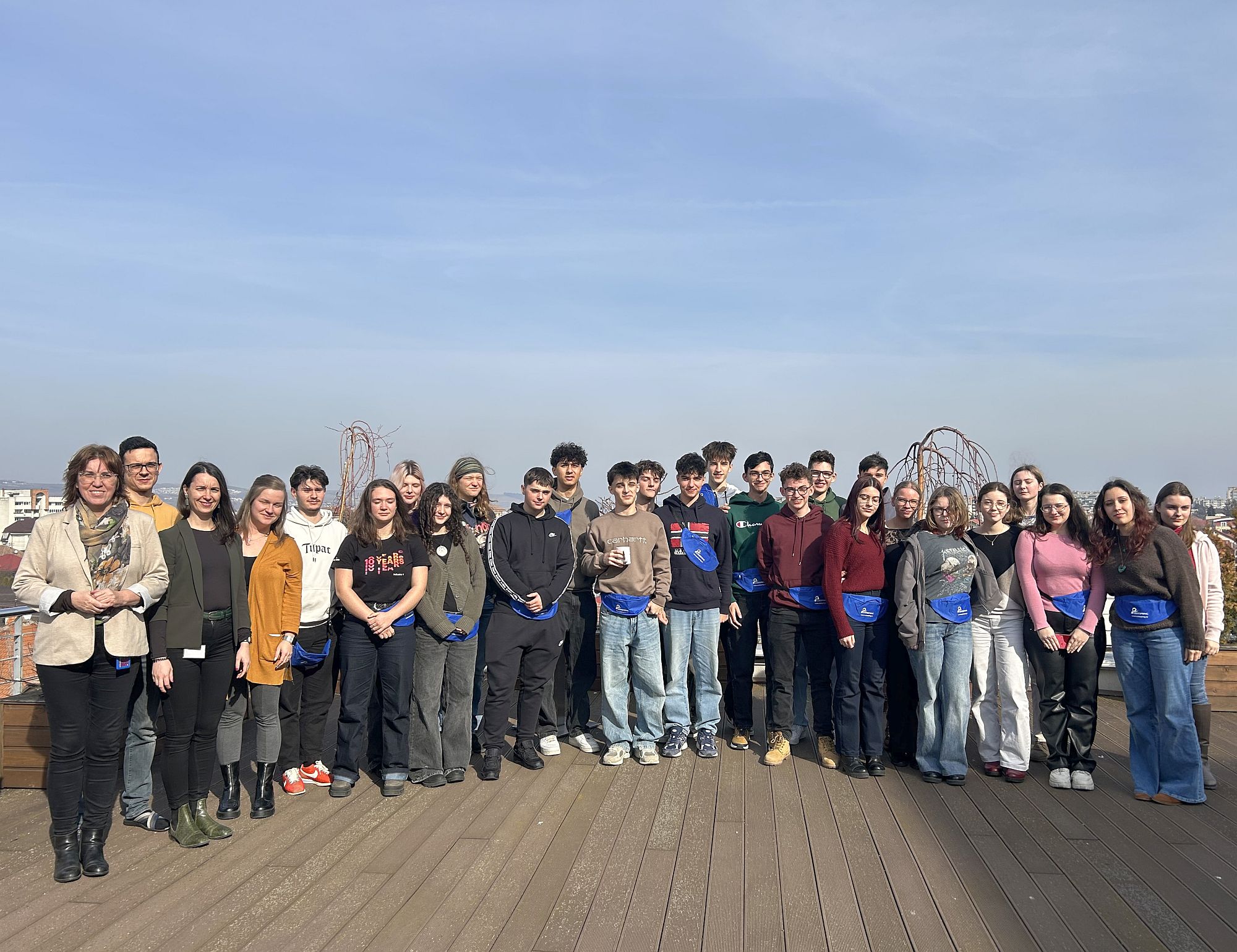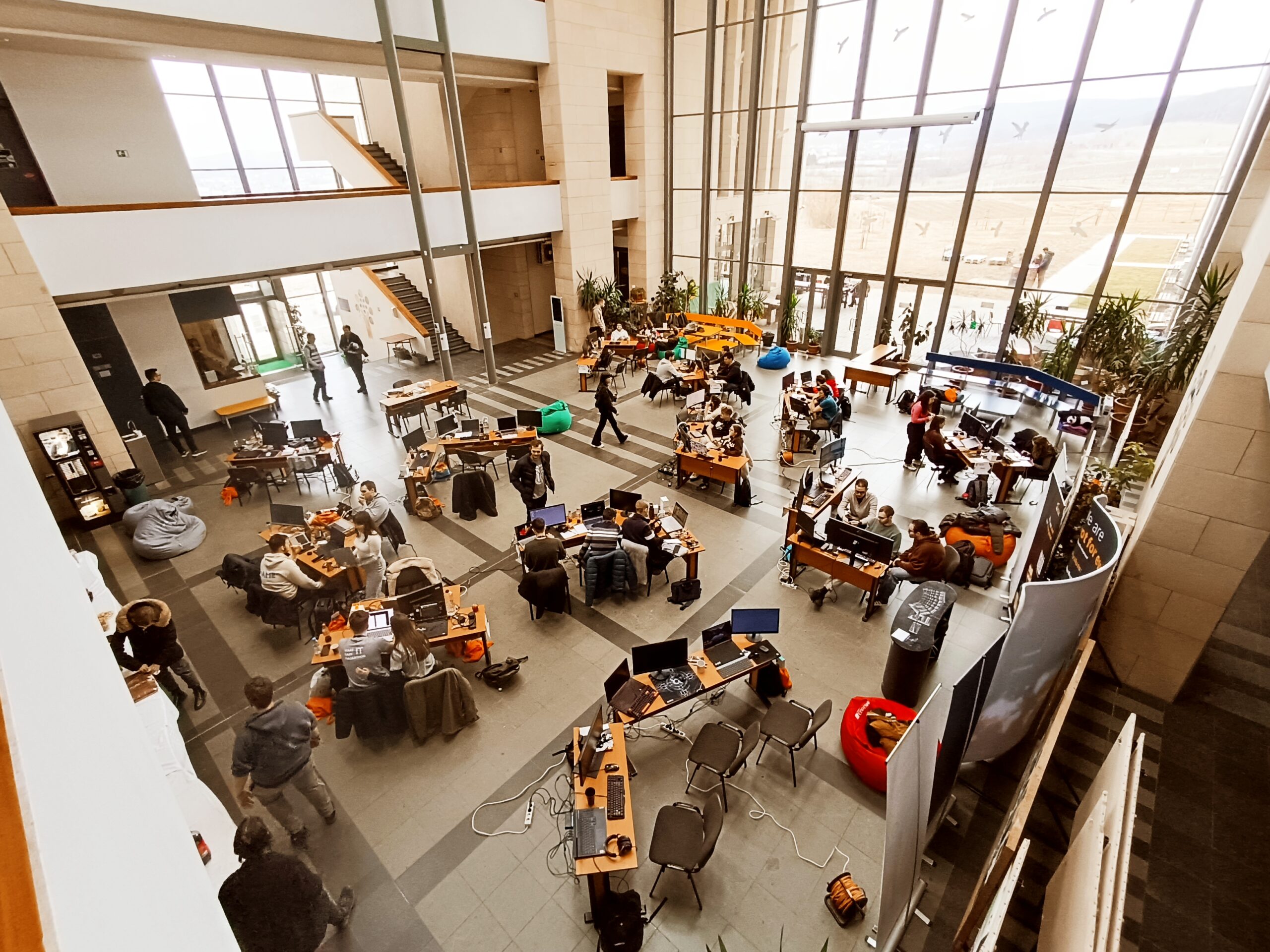Qulto is the essence of 13 years’ expertise in public collections automation systems. Committed to support cultural heritage and education institutions to step in the future, Qulto is designed to be the ambassador of information technology systems in the CEE region.
Discovering Collections
While discovering the specific needs of each collection type, the developers have built dedicated solutions for libraries, museums and archives. Qulto integrated collections systems handles both physical and digital material, facilitating the efficient management of collections. Via the aggregator and integrator solution – Monguz, your collections will join a broader network and comply with interoperability standards. Enhancing collaboration and participation of customers and their specialists in the implementation of each system, Qulto addresses evolving requirements.
Setting common grounds with each customer is essential. That is why Qulto is deployed in multiple national languages, is operated by field specialists and strives to achieve high end-user satisfaction. The faceted search and the tools for communicating with your target audience are key success factors in the new-age collections’ universe.
By providing innovative IT solutions and exquisite service to the customers, Qulto aims at helping reveal the richness of cultural heritage originated from the CEE region.
The System
Qulto is an integrated system built to serve multiple types of collections: libraries, museums, archives. Secondly, it handles data related to both classic repositories and digital assets. Next, it gears specialized and non-specialized users with versatile tools that facilitate all management aspects. On top of all, Qulto helps institutions and organizations to implement and comply with sector specific international standards in the cataloguing, management and communication of collections. In brief, Qulto system may be presented as follows:
Qulto Libraries
Dedicated for the libraries sectors, Qulto Libraries solves all automatable tasks and operations as required by the international and national standards.
It covers all aspects from acquisitions, cataloguing, OPAC, circulation, serials, lending, tracking to management and marketing. The RFID module handles procedures using RFID technology: identification, inventory, anti-theft gates, self-checking, and drop-box.
Qulto Museums
Designed for the museology field, Qulto Museums addresses all specific aspects, having the capability to respect both museum and library standards. It handles the cataloguing, acquisitions and management of diverse items while documenting their “life-long” history in the institution.
Qulto Archives
Tailored in respect with the archiving requirements, Qulto Archives answers to all particular characteristics of this activity. It enables a time-efficient management of the archive items while keeping track of all changes and accesses.
JaDoX
Created for the future recording format of collections, JaDoX is the Digital Asset Management software. It handles all types of digital born objects and may be the foundation for the next step: digitized local, national and international collections.
Monguz
Planned to search, harvest and display results, Monguz is the dedicated integration and aggregation software. Monguz makes your collection open to the world using the international standards for exchanging records and harvesting databases. It interrogates local or remote databases and classifies the data according to multiple criteria. It is platform-independent and has web 2.0 features.
Portal24
Aimed for helping institutions to better serve their patrons, Portal24 brings your collections alive. It enables all web 2.0 functions and displays public data made available through the Qulto’s modules. It can also become a useful marketing and communication tool.
Qulto Delivery Model
Qulto is about helping teams involved in the management and the administration of collections to be more effective and preserve the materials by a smarter handling. Due to the cumulated experience over the years, it has been set a specific delivery model as to make the whole process leaner.
There are 4 main stages: setting the agreement, implementations, live changes and maintenance. Each stage has its own steps. Nevertheless, Qulto provides the expertise and tools to help you through the process.
Core Features
Qulto is generating added value through its main core features as follows:
Openness: Qulto has been built on open source operating systems in order to lower the total ownership costs and to leave room for growth. Nevertheless, they have developed versions for all solicited working systems, so that Qulto runs on any computer and system your institution may have chosen.
Effectiveness: Qulto counts effectiveness by the number of simultaneous users and consecutive entries that a system may support. Qulto is currently supporting over 4.000.000,00 entries /day for a national system.
Standard compliance: Qulto has been built according to the MARC standards. In order to satisfy all existing standards, the system is designed so that it may reach and handle data organized by different standards too (MARC, USMARC/MARC21, ISBD, Museumdat, etc.)
Reliability: Qulto system is a tested solution, certified by each competent authority, running 24/7. The system has been built in cooperation with the customers and the development team strives to keep the system as a cutting-edge solution in the industry.
Step in the Future
Qulto provides the road map to the future of collections management and administration. It is up to you to decide if you will be prepared for this step. Qulto is here to power your track to the world cultural heritage in the new era.
There are two ways for driving the change: preparedness for change and technology partnership.
(D.C., by courtesy of CULTWARE LLC)

